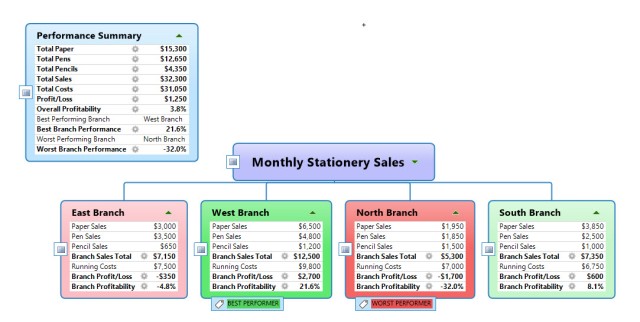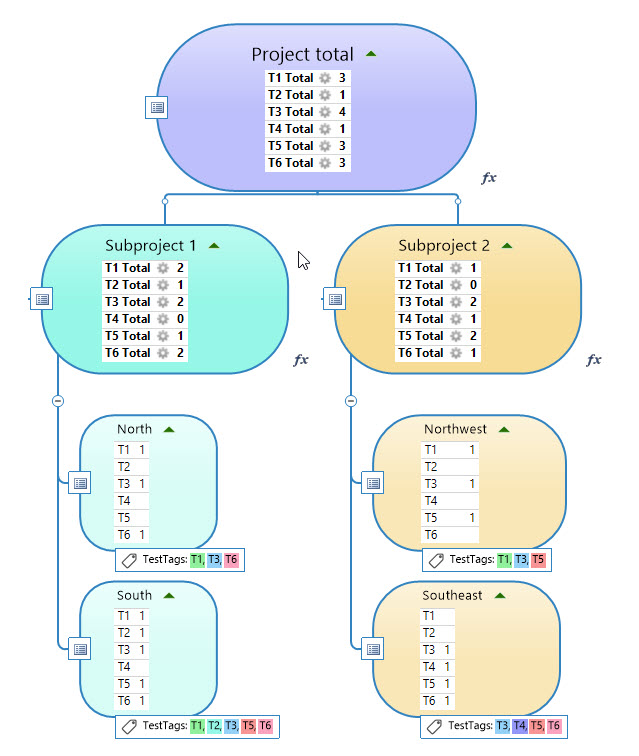A lot has happened since my last post in May 2020, starting of course with the huge and continuing world-wide impact of COVID. Back in April last year I wrote an article for the MindManager blog with advice of non-government organisations (NGOs) on managing the impacts of the virus. I had no idea back then that in many countries these effects will last well into 2021, and beyond.
The release of MindManager 2021 in September 2020 was a welcome diversion, bringing a suite of new features, including topic info cards, accelerator keys, flowchart extensions and an enhanced MindManager Snap feature. Among the major changes was a major redesign of Word import and export and a completely new approach to slides, which I’ll come back to in future posts.
I also want to mark the sudden demise of the old MindManager Community Forum late last year. The forum was a great example of peer support, with experienced users volunteering their knowledge in response to thousands of questions from the wider MM community. Late last year the third-party providers of the forum software abruptly discontinued the service, which meant that all this information was lost.
I’m pleased MindManager has responded by starting a new forum, though I still miss the content of the old one – and at the moment I’m trying to recover some of it. More on that in the future, but one of the early questions on the new forum was about MM formulas and specifically whether it was possible to use them to make Time Value of Money (TVM) calculations.
Playing around with the MM’s seemingly modest formulas facility I discovered to my surprise that it is indeed quite capable of handling TVM equations. In addition, I stumbled across some significant but undocumented features which make formulas much more capable than they initially seem.
This two-part series is based on my response on the forum to this question and my additional research on formulas. My thanks to Jan Heger from MindManager who confirmed what I found and whose comments on the forum filled in some important gaps. In this first part I’ll look at TVM calculations and exponentiation. Continue reading






